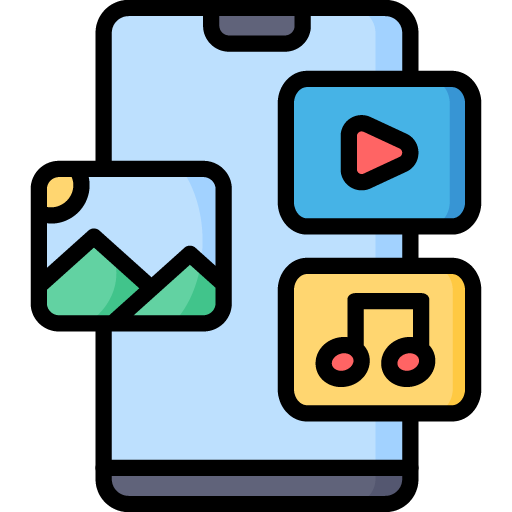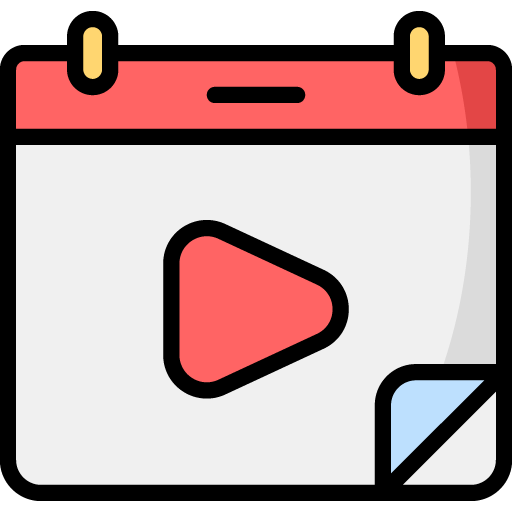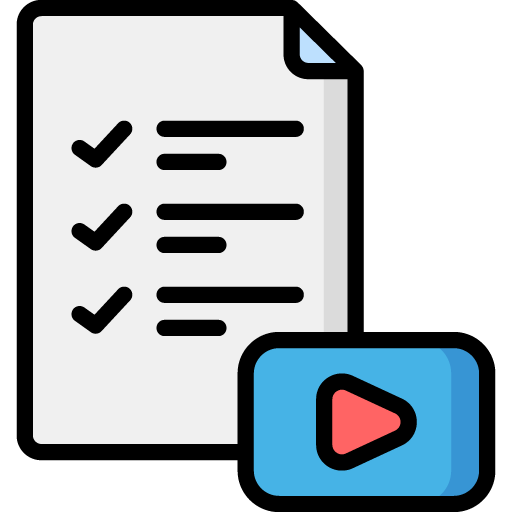In today’s digital age, YouTube is more than just a platform for entertainment; it’s a powerful engine for search and discovery. But with over 500 hours of video uploaded every minute, standing out requires more than quality content. This is where YouTube SEO comes into play.
Search Engine Optimization (SEO) for YouTube means making strategic improvements to your channel and videos to ensure they rank higher in YouTube search results and reach more viewers. Whether you’re a seasoned creator or just starting out, using the right tools and resources can make all the difference.
YouTube SEO Tools and Resources
Comprehensive Guide to Optimizing Your Channel
1. What Is YouTube SEO and Why Does It Matter?
When you type a phrase into the YouTube search bar, YouTube uses an algorithm to show the most relevant videos. YouTube SEO is the practice of improving your content to align with what the algorithm looks for.
It involves optimizing:
- Video titles
- Descriptions
- Tags
- Thumbnails
- Captions
- Viewer engagement (likes, comments, watch time)
Why does it matter? Because higher visibility means more views, more subscribers, and greater chances of monetization. Without good SEO, even your best videos may never be discovered.
2. Keyword Research Tools for YouTube
The first step in optimizing your videos is finding the right keywords—terms your audience is actually searching for. Here are tools that help you do that:
YouTube Search Autocomplete
Start typing your topic into YouTube’s search bar and see what phrases are suggested. These suggestions are based on real user behavior and give you insight into trending topics and long-tail keywords.
TubeBuddy
TubeBuddy is a browser extension that integrates directly with YouTube. It shows keyword scores, search volume, and competition, helping you decide whether a topic is worth pursuing.
vidIQ
vidIQ offers a robust keyword inspector that reveals how often a term is searched, how competitive it is, and what related keywords you might target. It’s great for finding gaps in content.
Google Trends
Google Trends allows you to compare the popularity of keywords over time. You can filter by “YouTube Search” to make sure your data is platform-specific.
Keywords Everywhere
This browser extension displays keyword data like search volume and competition next to YouTube’s native search. It’s a fast way to evaluate your keywords.
3. Optimization Tools for Titles, Descriptions, and Tags
Once you have your keywords, the next step is to optimize your video metadata.
TubeBuddy (Again)
Besides keyword research, TubeBuddy provides title, tag, and description suggestions. It also helps you create SEO-friendly templates so your videos stay consistent.
vidIQ (Also Again)
In addition to keyword help, vidIQ offers a checklist for optimizing each video. It evaluates your metadata, thumbnail, and engagement metrics.
Morningfame
This tool gives simplified analytics and personalized recommendations. It evaluates how well your videos match what people are searching for and tells you what changes to make.
4. Analytics Platforms That Show What’s Working
SEO isn’t just about setup—it’s also about tracking what performs and adjusting accordingly. These tools help you make data-informed decisions.
YouTube Analytics
Every YouTube channel has access to YouTube Analytics. This is your go-to tool for tracking watch time, traffic sources, click-through rates, and more. Learn which videos are performing best and why.
Google Search Console
If you embed your videos on a website or blog, Search Console helps you see how they perform in Google Search. You’ll get data on clicks, impressions, and keyword queries.
Semrush
While primarily an SEO tool for websites, Semrush offers insights on how your video content is performing in search engines outside of YouTube. It’s ideal if you’re trying to build an audience across multiple platforms.
5. Tools for Improving Engagement
Search algorithms reward engagement, so tools that help you increase viewer interaction are also valuable.
Canva
Use Canva to create eye-catching thumbnails that boost your click-through rate. First impressions matter, and your thumbnail is the first thing a potential viewer sees.
Community Tab & Polls
Engage your audience with community posts, polls, and behind-the-scenes updates. This drives interaction and keeps your subscribers involved, which helps your overall SEO.
TubeBuddy & vidIQ Engagement Features
Both tools provide suggestions for when and how to ask for likes, comments, and subscriptions. These calls-to-action (CTAs) make a real difference in boosting engagement metrics.
6. Best Practices for SEO Success
Using tools is important, but your strategy matters too. Here are some proven best practices:
- Consistency: Post regularly to keep your channel active.
- Clear CTAs: Ask viewers to like, comment, and subscribe.
- Playlists: Organize content into themed playlists to increase watch time.
- Pinned Comments: Use them to highlight links or spark discussion.
- End Screens & Cards: Guide viewers to more content or your subscribe button.
- Closed Captions: Add subtitles for better accessibility and indexing.
7. Staying Up to Date
YouTube SEO isn’t a one-time job. Algorithm updates, new features, and shifting viewer behavior all mean your strategy should evolve.
Here are resources that help you stay current:
- YouTube Creator Academy: Offers free courses and tutorials.
- Industry Blogs: Stay informed with insights from Moz, Semrush, and HubSpot.
- Communities: Join Reddit forums or Facebook groups for creators.
- YouTube Trends Dashboard: Spot rising topics early.
Final Thoughts
Optimizing your YouTube content doesn’t have to be overwhelming. With the right tools and an understanding of how SEO works on YouTube, you can create videos that are not only engaging but also discoverable.
Start small by improving your titles and tags. Then move on to thumbnails, descriptions, and engagement strategies. Over time, these improvements will compound, helping you reach a larger audience and build a stronger channel.
Suggested Tools & Resources
- TubeBuddy
- vidIQ
- Morningfame
- Canva
- YouTube Creator Academy
- Google Trends
- Keywords Everywhere
- YouTube Analytics
- Google Search Console
- Semrush







 Edit Your Footage
Edit Your Footage
Leave a Reply